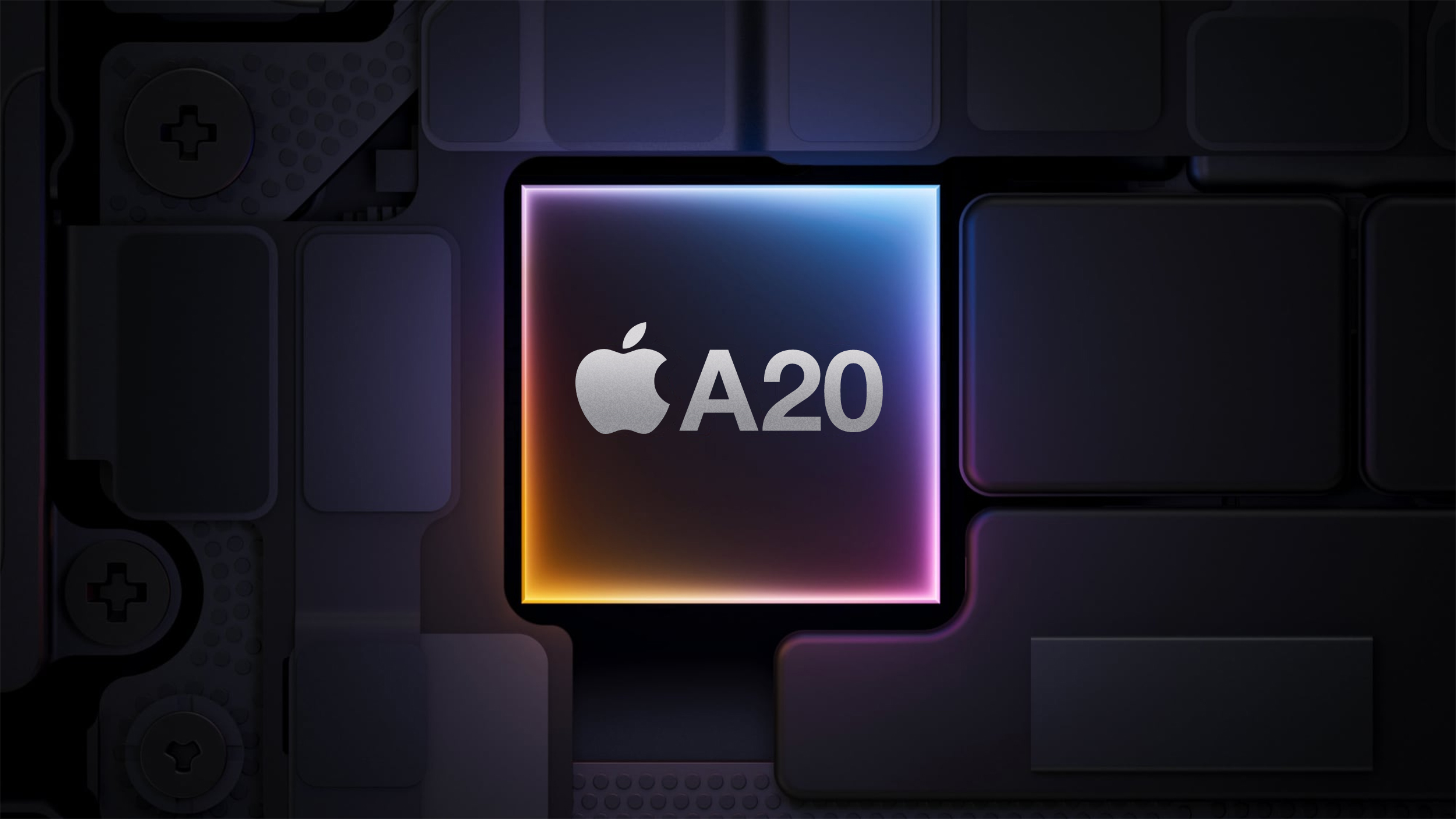
Earlier this week, the investment firm GF Securities shared multiple research notes regarding Apple's future chips. In one of these notes, it said the A20 chip for the iPhone 18 series would be manufactured with TSMC's third-generation 3nm process, N3P, and in another it said that the chip would use TSMC's newer 2nm process N2.

GF Securities is a large organization with many analysts, and it seems like some wires got crossed. In an email to MacRumors, the firm's lead Apple analyst Jeff Pu has since clarified that he believes the A20 chip will be manufactured with the N2 process, so the information about the chip using the N3P process should be disregarded.
Earlier reports had said the A20 chip would be 2nm, so rumors align again.
This is ultimately good news, as it means the A20 chip should have more substantial performance and power efficiency improvements over the A19 chip.
Of course, the iPhone 18 series is still a year and half away from launching, but at least the record has been set straight on this particular rumor.
Article Link: Rumor Reversal: A20 Chip for iPhones Said to Use TSMC's 2nm Process

